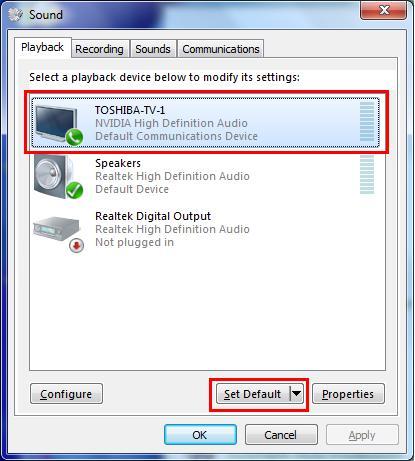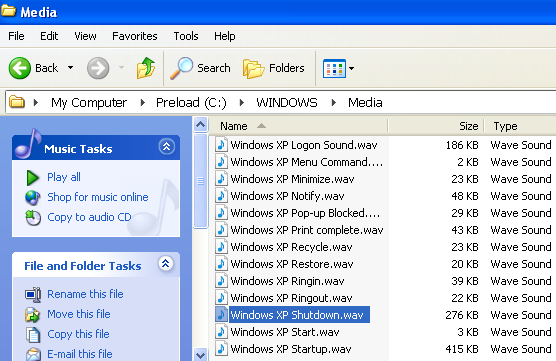2020. 1. 24. 14:19ㆍ카테고리 없음

Microsoft had re-imagined the notifications sounds in Windows 10. When any toast notification arrives on your PC, a default notification sound is buzzed to let you know of the presence of alert.
Using File Explorer in Windows 10. To see into your computer’s storage vault, click the File Explorer icon located on your Taskbar or click Start File Explorer. When you launch File Explorer in Windows 10, you get the Quick access window. How to customize Windows 10's sound effects. Open Settings. Click on Personalization. Click on Themes. Click on Sounds. Quick Tip: You can also get access to these settings by right-clicking the speaker icon in the notification area and clicking Sounds.
However, sometimes users might be uncomfortable with the default chime and want to test out their own. We have seen how to, now today, in this guide, we will show you how to set custom notification sound on your Windows 10 PC.The way to do this is by placing your.wav sound file (Waveform Audio File Format) in the folder from where Windows accesses the default sounds, and then change the default chime to your chosen one, by using system sound settings. Follow the below steps to set custom notification sound in Windows 10 Set custom Notification Sound in Windows 10It is a 2-step process. We first need to place the sound file in Windows Media folder and then set that file as default notification jingle. Place your sound file in Windows Media Folder1. Download and be ready with your custom sound file in.wav file format. As you can see below, I have a file ready to proceed with.2.

Copy your sound file and paste it in the below folder location. You’ll need to grant administrator privileges for this operation as a system folder is being modified. Click on Continue to proceed.C:WindowsMedia3. The file will be copied to the folder, and now it can be accessed via system sound settings. 2 Change the default notification sound1.
Window 10 Sound File Directory Windows 10
Right-click on the speaker icon on your taskbar. Click on Sounds to open system sound settings.2. You’ll land on Sounds tab by default. Now, under Program Events window, scroll down to an entry named Notification and select it.3. Once selected, open the drop down menu under Sounds section and select your custom sound file that you have copied to media folder in the first place.4.
You can test the file by clicking Test button. Once done, click on Apply and then OK to save the settings.That’d be all, folks! Now, whenever you get a new notification, it should alert you with you custom notification sound that pleases your ears.Now, whenever you get a new notification, it should alert you with you custom notification sound that pleases your ears.

Windows 10 is the latest Windows OS with a lot of useful built-in tools and programs. Voice Recorder app is just one of them. You can use it to record lectures, conversations, and other sounds you like. For example, you can play karaoke game on Windows computer, sing your favorite songs and record, practice a speeches by recording yourself speaking, etc. How to record sound using Voice Recorder on Windows 10 PC?Run Voice Recorder app (formerly known as Sound Recorder) in Windows 10, you will get a screen like below.Hit the big Record button from the left bottom corner, you will enter the voice recording mode and get the sound recording window as below. You can then talk to the microphone, or speak normally and use the built-in microphone to pick up your voice or any other sound. Click on the pause button to pause recording, hit on it again to resume recording.
When you finished recording, click the Stop button. We highly recommend you test the voice recording at first. If your recordings have no sound, you can refer to this. Once you recorded sound using voice recorder app for Windows 10, you can go to the main software screen to edit the voice recordings, such as add markers to identify key moments, share, trim, rename, or delete your recordings. Right click on the voice recording, you can then open the folder where all your audio recording files are saved as m4a file format on your Windows 10 computer.
Free Sound File
Record internal audios or sound in Windows 10Some third party audio recorder can not only help you record sound from microphone on PC, but also record computer system sound or sound from internal sound card. In fact, you can simply install some virtual cable or sound card software on our PC, then use the Voice Recorder or any other audio recorders you prefer to record playback audios on computer. You can follow for free. If you are not comfortable with the tweaks to Windows OS settings, try a more professional audio recorder which can get the job done in simplified process.
Sound File Formats
Audio recording alternativesAudacity is a popular audio editor and recorder. It provides us a free way to record audios on PC. Recording screen in Windows 10If you want to record screen videos as well, do not miss out using the inbuilt screen recording utility, no third party software required.
